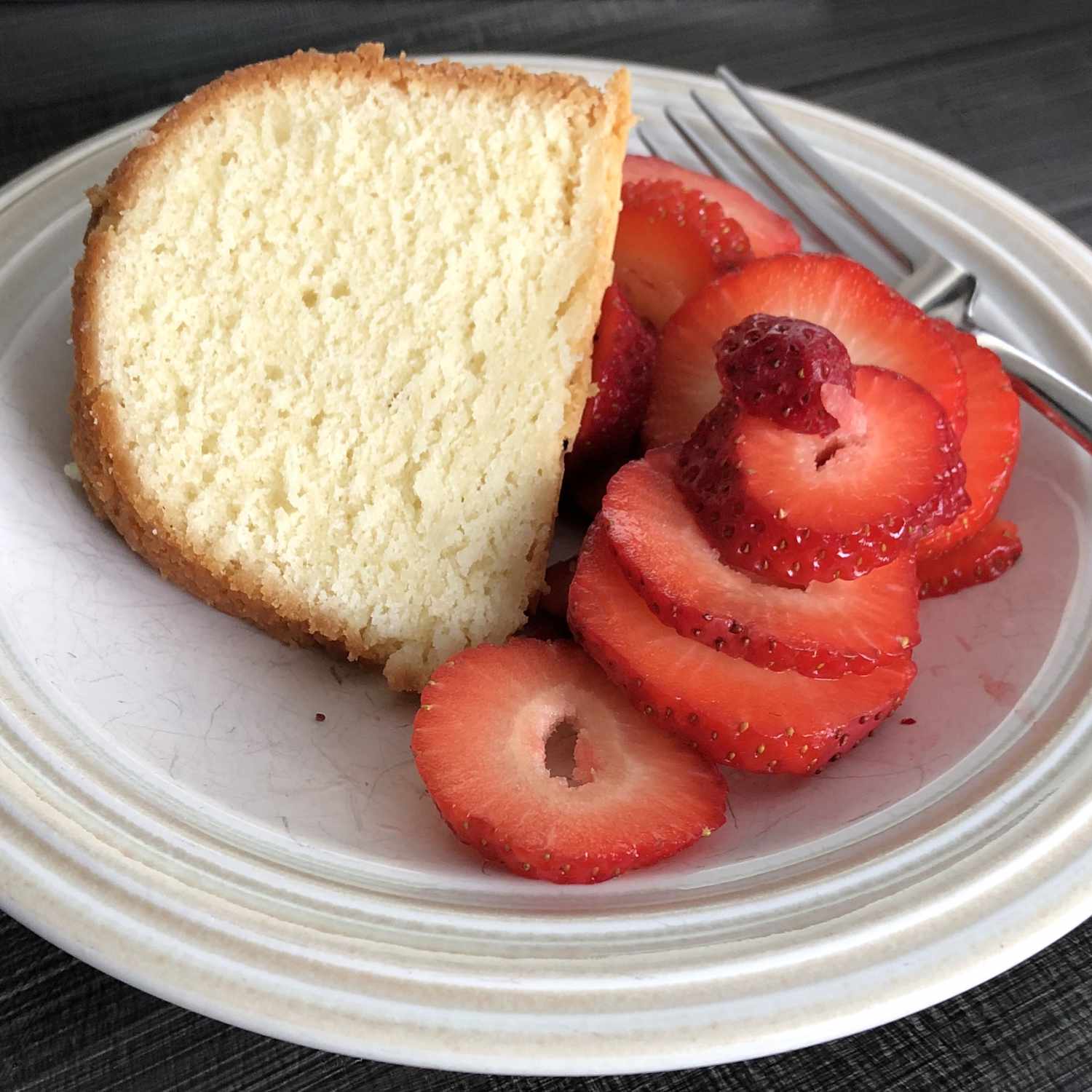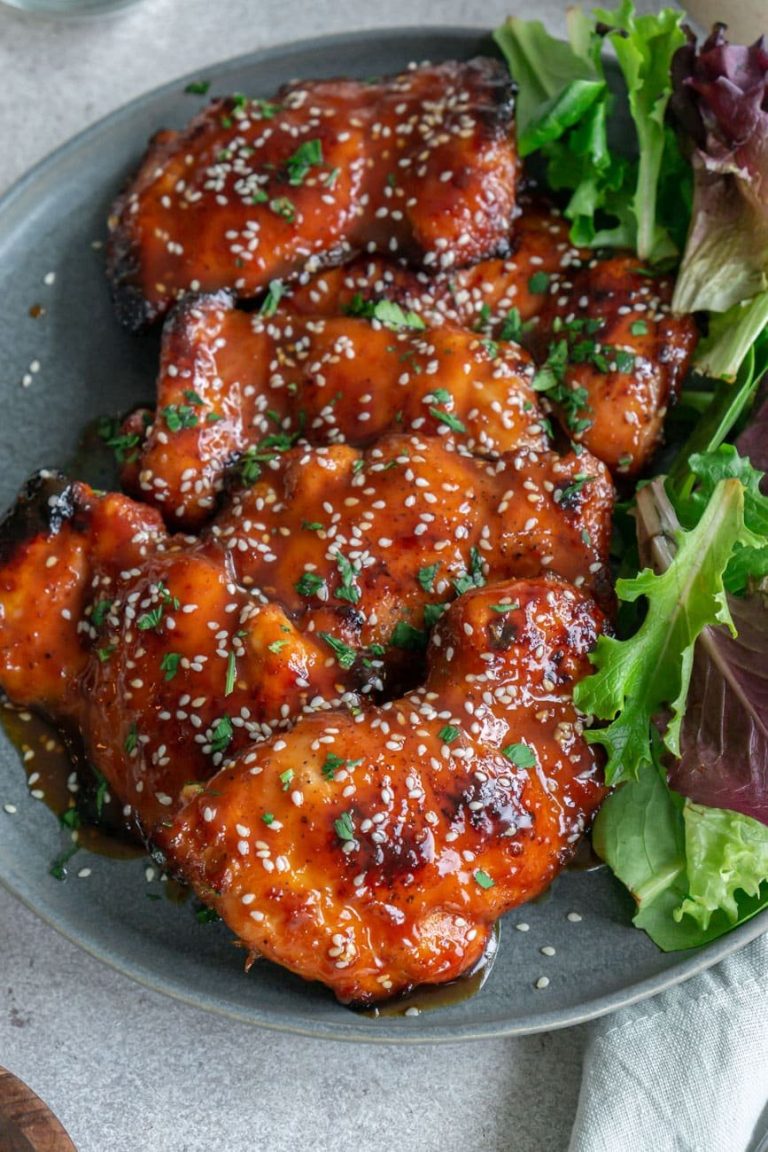Cold Oven Pound Cake: Tips, Variations, and Recipes
Cold oven pound cake is a traditional Southern dessert. Its origins date back to the early 20th century when bakers utilized a cold oven to bake this cake. Unlike conventional cakes, this method leverages the gradual temperature increase to ensure even baking and a moist texture. The concept stemmed from resourcefulness, saving energy by letting the cake bake as the oven heated up.
Key Ingredients and Substitutes
Cold oven pound cake typically includes butter, sugar, eggs, flour, milk, and flavorings like vanilla or almond extract. Each ingredient plays a crucial role in achieving the cake’s dense texture and rich flavor.
- Butter: Provides moisture and richness. Substitute with margarine if needed.
- Sugar: Adds sweetness and assists in browning. Use granulated sugar for the best results.
- Eggs: Contribute to structure and moisture. Replace with flax eggs if required for dietary restrictions.
- Flour: Essential for structure. All-purpose flour works best, but cake flour can be used for a lighter texture.
- Milk: Offers moisture and tenderness. Substitute with buttermilk or plant-based milk if preferred.
- Flavorings: Enhance taste. Vanilla extract is common, but almond extract or lemon zest adds variation.
How to Make Cold Oven Pound Cake
Step-by-Step Baking Guide
- Preheat Preparation: Skip preheating the oven. Cold oven baking gradually raises the temperature, ensuring even baking and a moist texture.
- Prepare Pan: Grease a 10-cup Bundt pan thoroughly. Coat with flour to prevent sticking.
- Cream Butter and Sugar: Beat 1 cup of softened butter with 3 cups of granulated sugar in a large bowl until light and fluffy, about 5 minutes.
- Add Eggs: Incorporate 6 large eggs one at a time, mixing well after each addition.
- Mix Dry Ingredients: In a separate bowl, whisk together 3 cups of all-purpose flour and 1/4 teaspoon of salt.
- Combine Wet and Dry Mixtures: Gradually add the dry ingredients to the butter-sugar mixture. Alternate with 1 cup of milk, starting and ending with the dry ingredients.
- Flavor: Stir in 2 teaspoons of vanilla extract or your preferred flavoring extract.
- Pour Batter: Transfer batter into the prepared Bundt pan.
- Bake: Place pan in the cold oven. Set the oven to 325°F (163°C) and bake for about 75 to 90 minutes, or until a toothpick inserted into the center comes out clean.
- Cool and Serve: Let the cake cool in the pan for 10 minutes before transferring to a wire rack to cool completely. Slice and serve.
- Room Temperature Ingredients: Use room-temperature butter, eggs, and milk to ensure a smooth, well-mixed batter.
- Accurate Measurements: Measure flour correctly using the spoon-and-level method to avoid dense cake. Avoid packing the flour into the measuring cup.
- Mixing Time: Do not overmix the batter. Mix just until the flour and milk are incorporated to avoid a tough texture.
- Pan Size: Use a 10-cup Bundt pan to ensure the cake bakes evenly. Using a pan that’s too small or too large can affect baking time and texture.
- Oven Placement: Place the Bundt pan in the center of the oven to ensure even heat distribution.
- Flavor Enhancements: Add a teaspoon of almond extract or lemon zest for a subtle flavor variation.
- Storage: Store the pound cake in an airtight container at room temperature for up to 5 days or freeze for longer storage.
By following these steps and tips, you can achieve a deliciously moist and flavorful Cold Oven Pound Cake, true to its traditional Southern roots.
The Science Behind Cold Oven Baking
How Starting Temperature Affects the Cake
Starting a pound cake in a cold oven contributes to its unique texture and flavor. When the oven gradually heats up, the batter experiences a slower, more even rise. This slow rise allows for a denser, more uniform crumb as air bubbles expand at a controlled rate. Additionally, the extended baking time at lower temperatures helps develop a rich crust without overbaking the interior.
Comparing Cold Oven Technique to Traditional Methods
Traditional baking methods involve preheating the oven before placing the cake inside. This quick temperature rise causes rapid leavening, resulting in a lighter, fluffier texture. In contrast, the cold oven technique offers a denser, moister product. Bakers seeking traditional pound cake qualities, like a buttery crumb and golden crust, benefit from the cold oven approach. The gradual heat exposure also enhances flavor development and crust formation, providing a distinguished taste and texture not typically achieved in preheated ovens.
Reviewing Cold Oven Pound Cake Recipes
Classic Cold Oven Pound Cake
The classic cold oven pound cake recipe follows a simple formula using basic ingredients. You’ll need butter, sugar, eggs, flour, and milk. Start with room temperature butter and sugar, and beat them until light and fluffy. Add eggs one at a time, mixing well after each addition. Sift the flour and combine it with the milk alternately, beginning and ending with flour. This method ensures even mixing and a smooth batter.
Pour the batter into a greased, floured loaf or bundt pan. Put the pan into a cold oven, set the temperature to 325°F, and bake for about 75 minutes or until a toothpick inserted in the center comes out clean. The gradual temperature rise contributes to the cake’s dense, moist texture, a hallmark of the cold oven method. Southern Living and Allrecipes provide authoritative versions of this foundational recipe.
Variations and Modern Twists
Modern interpretations of cold oven pound cake introduce a variety of ingredients and flavors. Popular variations include lemon, almond, and chocolate additions. For a lemon pound cake, incorporate lemon zest and juice into the batter. To create an almond version, replace part of the flour with almond flour and add almond extract for a rich, nutty flavor. For those who prefer chocolate, mix cocoa powder with the flour and add chocolate chips for a delightful twist.
Experiment with glazes and toppings to enhance these variations. A simple lemon glaze made from powdered sugar and lemon juice complements lemon pound cake well, while a chocolate ganache works excellently with the chocolate variant. Adding fresh berries or whipped cream creates visually appealing and delicious results. Websites like Taste of Home and Epicurious offer diverse recipes and suggestions to inspire your culinary creativity.
Conclusion
Mastering the Cold Oven Pound Cake opens up a world of baking possibilities. By starting with a cold oven, you ensure a moist and evenly baked cake every time. Whether you stick to the classic recipe or experiment with modern variations like lemon, almond, or chocolate, there’s a version for every palate. Enhancing your cake with glazes and toppings adds that extra touch of flavor and presentation. With resources from trusted sites like Southern Living and Allrecipes, you’re well-equipped to create a delightful Cold Oven Pound Cake that will impress any crowd. Happy baking!






